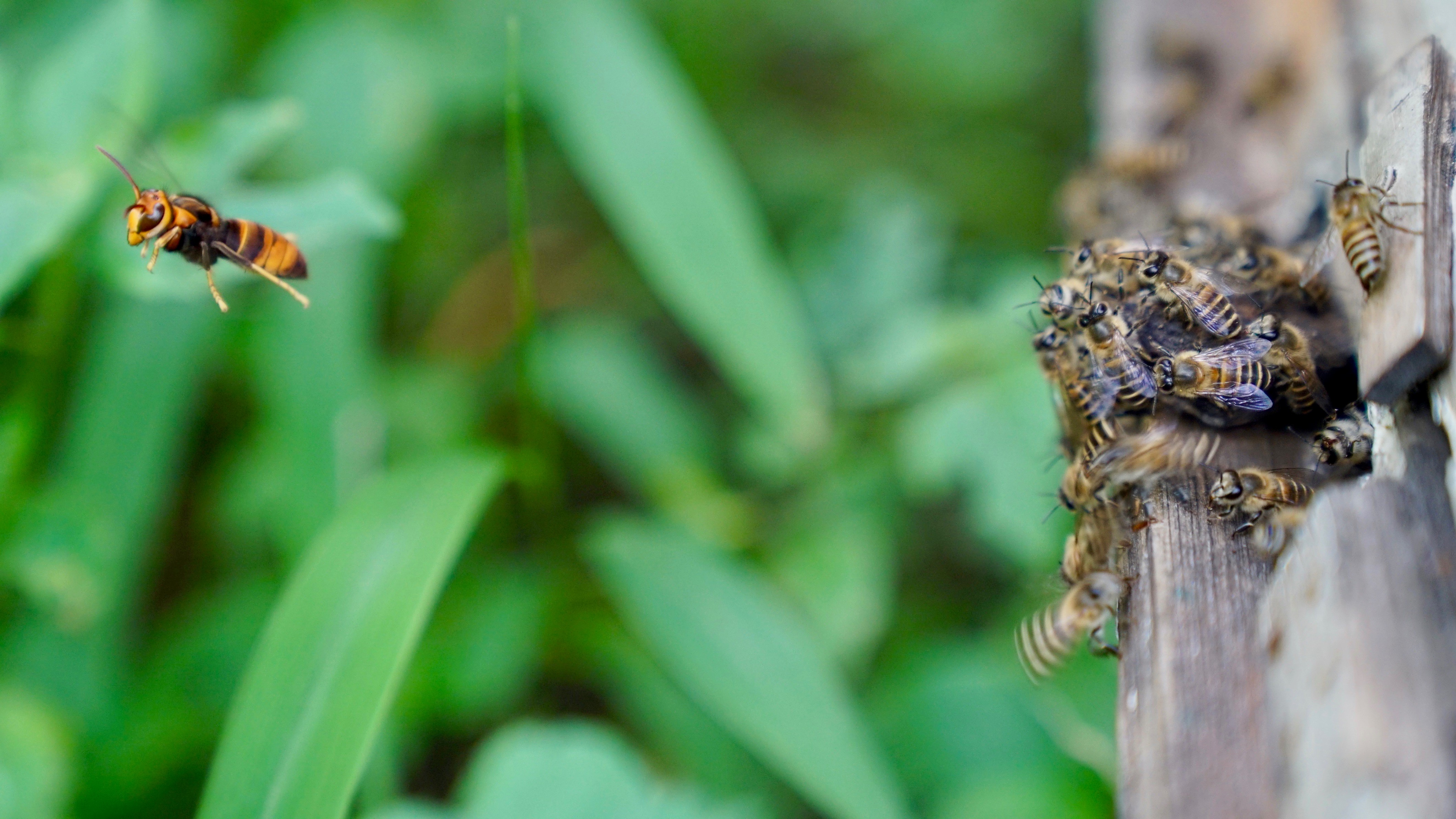A new study shows that wolves in Washington state are not having much of an impact on white-tailed deer, one of their primary prey. In a paper published June 18, scientists report that the biggest factor shaping white-tailed deer populations in northeast Washington is the quality of habitat available. Cougars were second in their impact. Wolves were a distant third.
Tag: Predator-prey interaction
Out of the frying pan: Coyotes, bobcats move into human-inhabited areas to avoid apex predators — only to be killed by people
In Washington state, the presence of two apex predators — wolves and cougars — drives two mesopredator species — bobcats and coyotes — into areas with higher levels of human activity, with deadly results for the mesopredators.

I See You: Honey Bees Use Contagious and Honest Visual Signal to Deter Attacking Hornets
UC San Diego-led research is providing new details about honey bees and their defenses against preying hornets. Using a common iPad, James Nieh and his colleagues conducted the first study that demonstrates that a contagious warning signal counters fake news in social insects.